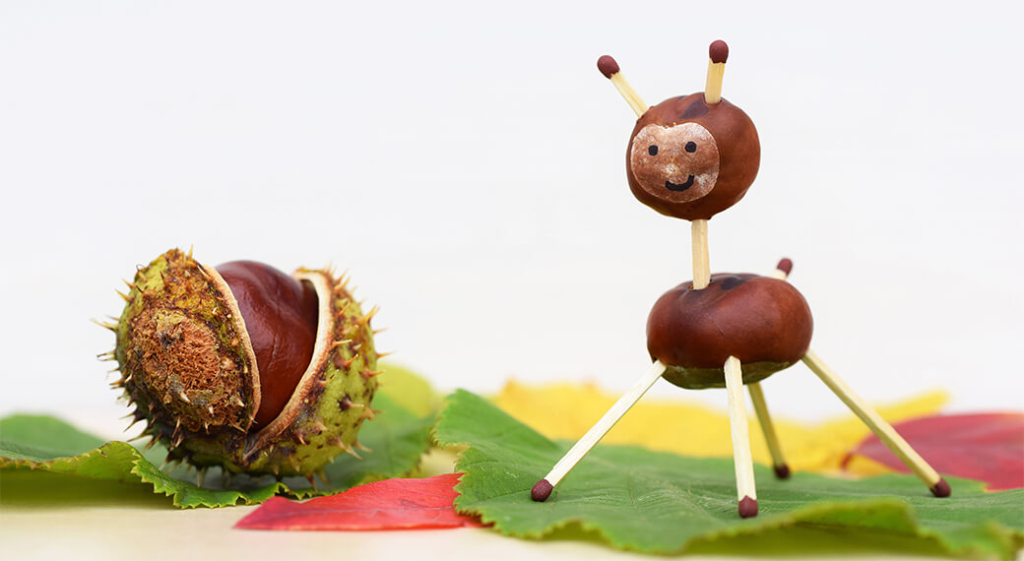The humble chestnut has played a fascinating role throughout human civilization. From ingratiating themselves with the Ancient Romans to participating in Korean marriage ceremonies, the chestnut’s journey through time is an intriguing tale of resilience and adaptability.
Boozy Chestnuts in Ancient Rome

The Ancient Romans were nuts about chestnuts, which were appreciated for their flavor, and associated with abundance, fertility, and prosperity.
Chestnuts were the go-to street food that fueled their epic adventures and philosophical musings. However, chestnuts held a special place in Roman hearts and stomachs that extended far beyond snacking. They even took it upon themselves to introduce and cultivate chestnut trees into new regions of Europe.
Life of the Party
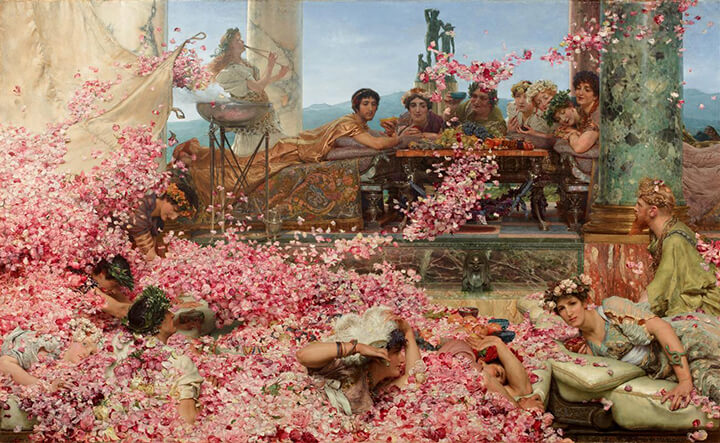
Whether roasted, boiled, made into stuffing, porridge, or flour, honey-glazed, or pureed, chestnuts were both used as everyday sustenance and featured in the elaborate banquets symbolic of this time and place in history.
Being the kings and queens of excess, the Romans took it a step further by turning chestnuts into wine. The ancient Romans were no strangers to a good time, and their toga-clad banquets were all about balancing the hedonistic joys of life with a dash of cultural refinement. It wasn’t just about sustenance; it was about turning the ordinary into the extraordinary. And chestnuts were given a front row seat.
Van Gogh’s Muse
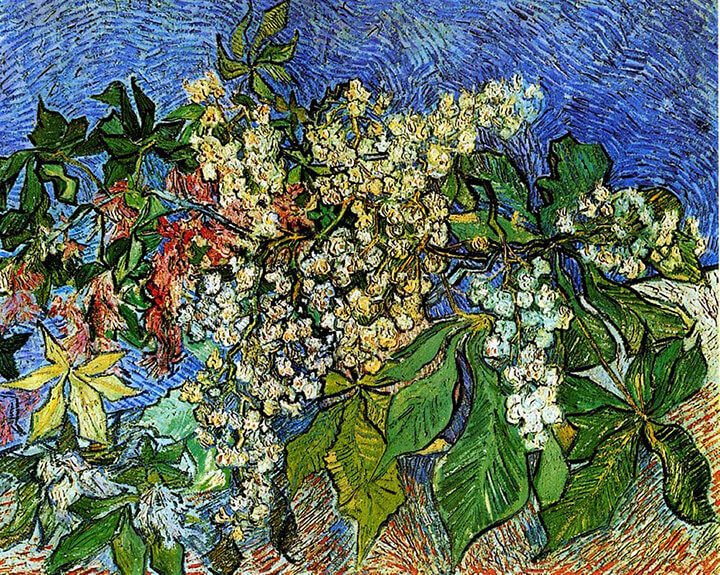
Beyond their culinary uses, chestnut trees are often planted for their ornamental value. The majestic appearance of chestnut trees, especially when in bloom, makes them a popular choice in parks and gardens. Some historic estates feature chestnut tree-lined avenues, adding to the aesthetic charm of the landscape. The beauty of the chestnut tree and chestnuts themselves led them to be featured in paintings in prestigious museums around the world. Famous artists including Cézanne, Munch, Lacombe, and Renoir all detailed their beauty in classic paintings.
In fact, at the end of Van Gogh’s life, he found inspiration in chestnut trees and produced a number of related works including:
- Avenue with Flowering Chestnut Trees at Arles (1889)
- Chestnut Tree in Blossom I (1887)
- Blossoming Chestnut Branches (1890)
- Chestnut Tree in Blossom II (1890)
- Chestnut Tree in Blossom III (1890)
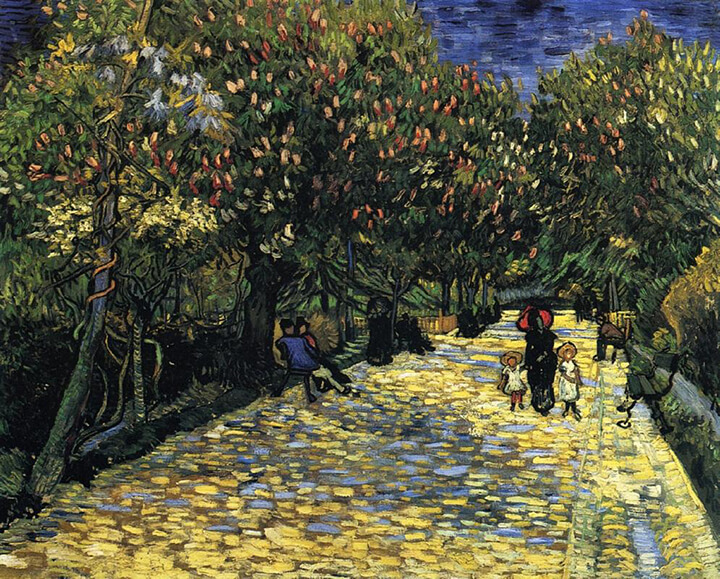
The chestnut tree paintings are part of Van Gogh’s series of nature scenes, where he often sought to represent the beauty of the changing seasons. The chestnut tree, with its blossoms and changing foliage, served as a subject that allowed him to explore color, texture, and the expressive qualities of nature.
New Discoveries
Van Gogh’s appreciation for chestnuts and chestnut trees was made even more apparent in 2019. Until that time, the art world’s official stance on Chestnuts and Pears (1886) was that it was a fake. However, after experts at the Van Gogh Museum in Amsterdam determined the paint and tools used match his other works and the painting style is clearly reminiscent of his other still lifes, they officially determined that the painting is authentic.
Additionally, thanks to infrared reflectography, experts at the museum learned that the artist reused the canvas, and saw the remnants of a forgotten portrait beneath the still life. They attributed this to the price of painting equipment and cost of operating in Paris, where he worked at the time.
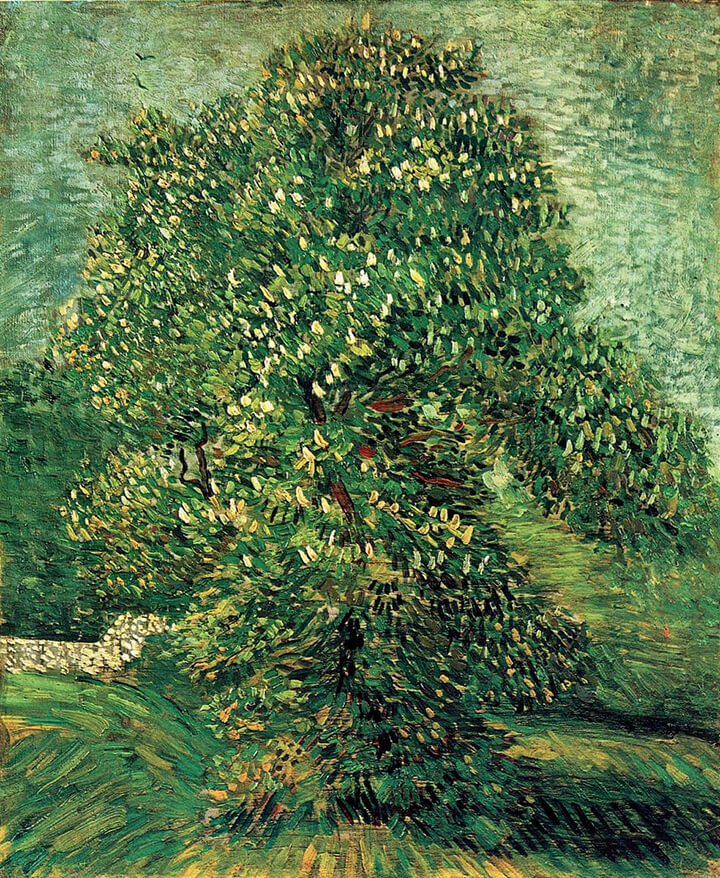
In 1889, the year before his untimely death, he wrote to his brother, “For bear in mind, to go on spending money on this painting when things might come to such a pitch that you would be short of money for your own housekeeping would be atrocious, and you know well that the chances of success are abominable.” He also noted “However, my health is very good and I am working a little. I am doing an avenue of pink flowering chestnuts and a little cherry tree in flower and a wisteria plant and a path in the park splashed with light and shade.”
Famine’s Foil
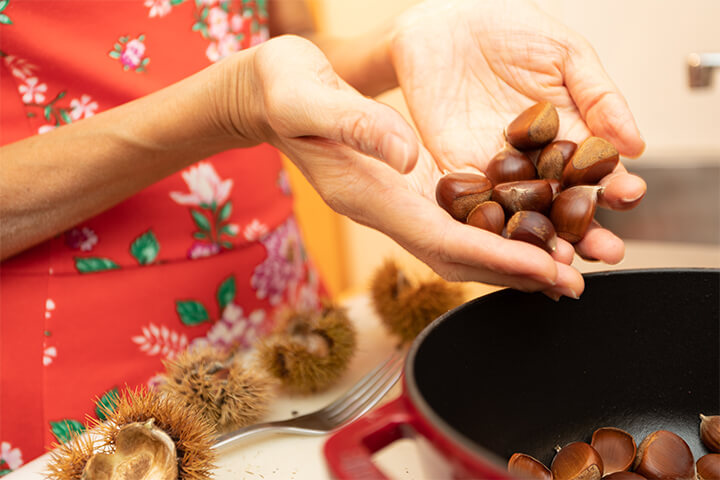
In regions where chestnut trees were abundant, chestnuts played a crucial role in providing sustenance during times of famine. Several historical instances highlight the importance of chestnuts in helping people survive famines. This includes Europe throughout the Middle Ages, Japan during the Edo Period, the US’s Appalachian Region during the Great Depression, Korea during the early 20th-century Japanese occupation, and most recently, aiding in the survival of the lucky few during Mao Zedong’s Great Leap Forward in China.
While chestnuts have historically helped mitigate the impact of famines, they were not a panacea for the widespread food shortages. People often employed a variety of survival strategies, including foraging for other wild foods, rationing, and community support systems. However, they have several characteristics that have made them life savers throughout the ages.
Chestnuts and the Struggle for Sustenance
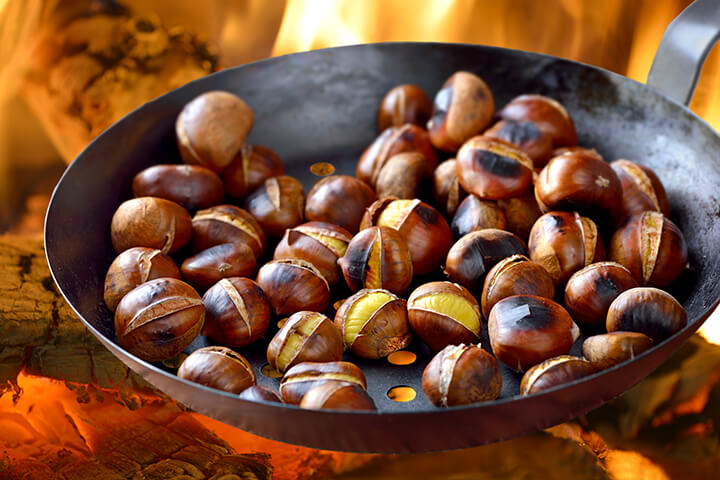
First, they are rich in complex carbohydrates which provides a good source of energy. Chestnuts also contain fiber, protein, and essential minerals, though to a lesser degree.
Another vitally important characteristic is chestnut trees produce a high yield which helps when other crops fail due to adverse conditions. The high yield of nuts per tree provides a substantial quantity of food with relatively low maintenance. These adaptable trees can thrive in relatively poor conditions with marginal soil, taking the place of other crops that might struggle during times of famine.
Having access to chestnuts during times of food scarcity also increases the chance of survival because they can be stored for extended periods of time without sophisticated preservation methods. They can be dried or processed into flour, providing a longer shelf life compared to other nutritious, perishable foods.
Paging Dr. Chestnut
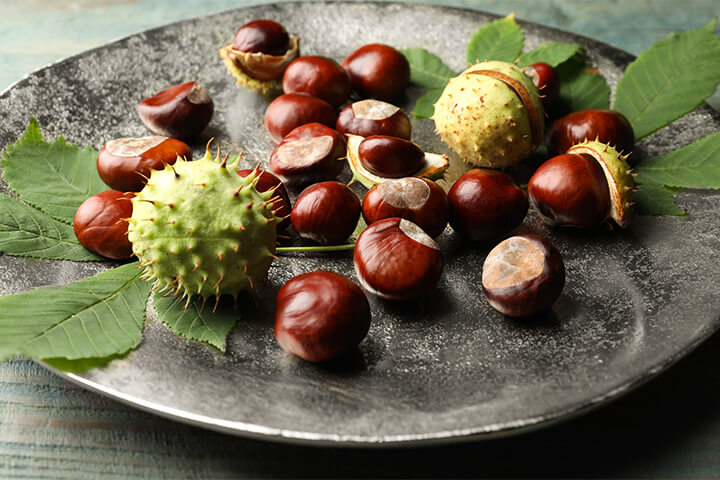
Since ancient times, Traditional Chinese Medicine (TCM) practitioners have turned to chestnuts to treat circulatory problems. Horse chestnut was also used as an astringent, diuretic, for reducing edema or swelling, alleviating inflammation, acting as an expectorant for treating respiratory problems, and combating viruses. They are also administered to tonify the kidneys, potentially enhancing vitality and reproductive health and to strengthen the spleen, aiding in digestion and nutrient absorption.
TCM practitioners used a variety of techniques tailored to the patient’s condition when administering chestnuts. For instance, they included them in herbal formulas, decoctions, and medicinal soups. Crushed chestnuts or chestnut paste were also applied topically as poultices for injuries or joint pain. Oils and ointments were similarly applied externally to address conditions like eczema or dermatitis. TCM practitioners also incorporated chestnuts into their patients’ diets for their nourishing properties.
Chestnuts in Mythology & Folklore
Around the world, the power of chestnuts extends beyond their use as nutrients, beauty, and medicine as they also hold symbolic significance across various cultures. In Celtic mythology, the chestnut tree is linked to wisdom and serves as a sacred symbol, connecting the earthly realm with the spiritual world. In Japanese folklore, they represent good fortune and prosperity, featured prominently in New Year’s decorations. Korean traditions associate chestnuts with fertility, often incorporated into wedding rituals and given as gifts to symbolize a fruitful union. And bringing it full circle back to Italy, chestnuts are featured in Italian folklore, as they are believed to bring good luck and ward off evil spirits. Is there anything chestnuts CAN’T do?
Navigating the Nutty Labyrinth of Human History
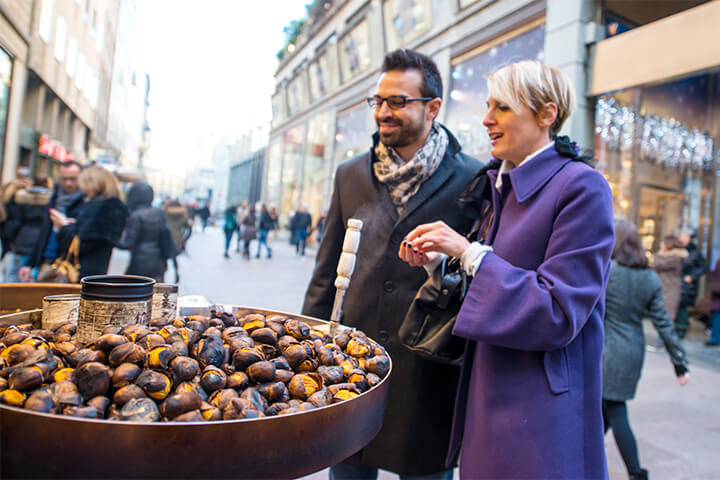
Chestnuts have undoubtedly earned their place as a cherished food and cultural icon. Roasted, boiled, or baked, these little brown nuggets have been more than just a snack; they’ve been our companions through thick and thin, weaving themselves into the fabric of the human experience.

